"The Office.com Clip Art and image library has closed shop," Microsoft announced in a blog post yesterday. The collection of images that have graced so many PowerPoint presentations, family newsletters, and school-field-trip calendars is no more; now, if you want to decorate a document, you'll have to do what you've probably been doing already, anyway: search online. Within Microsoft products, you'll be directed to Bing for your image-finding needs.
This was inevitable, probably, but it also marks the end of an era. If we were writing a newsletter announcing Microsoft's decision, the clip art we might select to illustrate the development would probably involve a tombstone, or a clock with a red X over its face, or simply a face—one whose expression conveys an acceptance that times change, but a sense of nostalgia for what we lose as we move forward.
But this isn't a newsletter. This is a eulogy—for a form of artistic expression that added wonder and whimsy to the words of a youthful Internet. Clip art may have been clumsy and weird; it was also earnest, and full of the possibilities that came with our newfound capabilities as publishers and creators and communicators. Below, the life of clip art—as told, obviously, through clip art.
The history of clip art is in many ways the history of the World Wide Web itself.
Clik here to view.

Clip art was made possible because of the invention of desktop publishing in the early 1980s. The first library of professionally drawn clip art was provided by VCN ExecuVision and introduced in the IBM PC in 1983. It offered images to be used in presentations and newsletters.
Clik here to view.
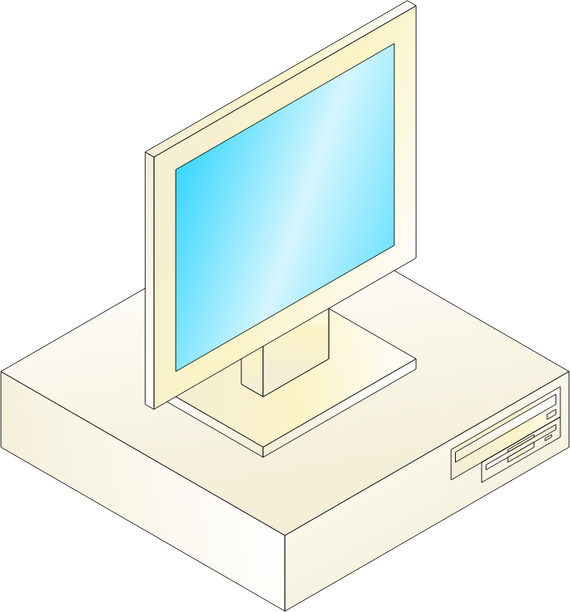
Early electronic clip art was simple line art or bitmap images. The introduction of the Apple Macintosh program MacPaint, in particular, meant that consumers could use and edit bit-mapped clip art for the first time.
Clik here to view.
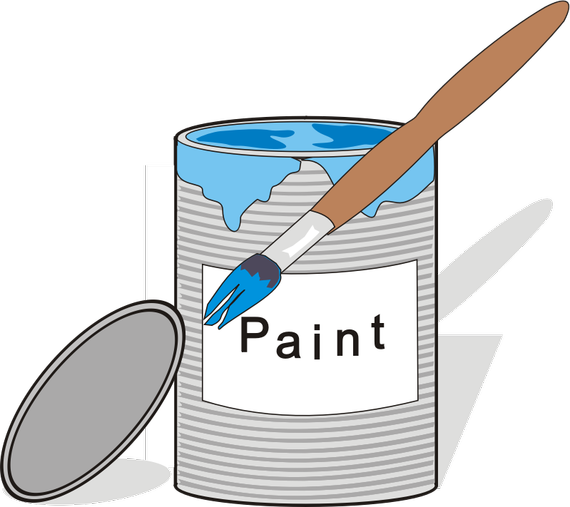
One of the first successful clip-art producers was T/Maker Company, which had worked with Apple to develop an alternative word processor, WriteNow. In 1984, T/Maker began publishing small, retail collections of those bitmap images under the brand name "ClickArt."
Clik here to view.
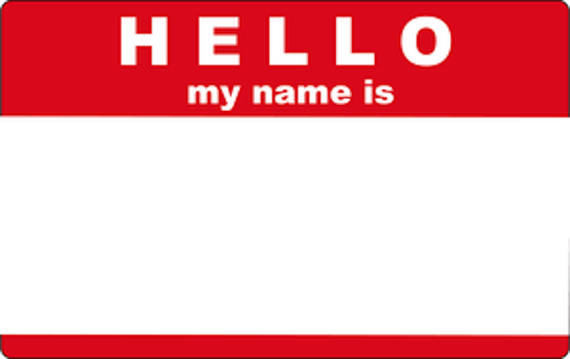
The first version of "ClickArt" offered images designed for both professional and personal uses; the professional were published in 1984 as "ClickArt Publications."
Clik here to view.

The widespread adoption of the CD-ROM in the early 1990s was also a boon to clip art: Many more companies began offering electronic clip art on CDs.
Clik here to view.
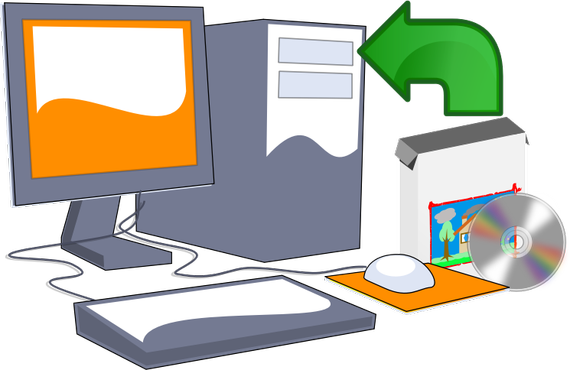
As this happened, clip-art makers began emphasizing quantity over quality. Even T/Maker, which built its business on sales of small, high-quality clip-art packages, entered the volume clip-art market. In 1995, it became the exclusive publisher of more than 500,000 copyright-free images—to create what would be, at the time, one of the largest clip-art libraries in the world.
Clik here to view.

During the mid-1990s, Microsoft also began offering clip art as a built-in feature in many of its products. In 1996, as part of its default installation, Microsoft Word 6.0 included 82 WMF clip-art files. (Compare that to today: Microsoft's Office product suite currently offers clip art as part of more than 140,000 media elements.)
Clik here to view.
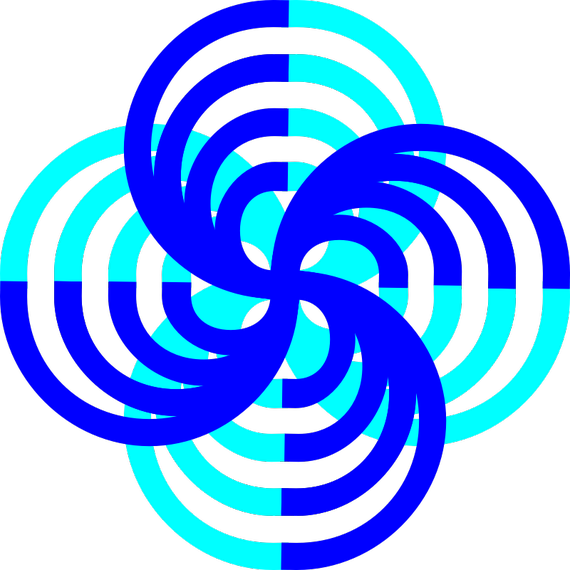
In the early 2000s, as the World Wide Web continued to become more popular as a distribution channel for software and media, companies began to sell clip art through online, searchable libraries like Clipart.com and GraphicsFactory.com.
Clik here to view.

Through the web, you can now buy clip art through service subscriptions and one-off deals.
Clik here to view.

But you can also, of course, find images for free.
Clik here to view.

And this is how the history of clip art mirrors the history of the web: Things naturally trend toward openness and volume.
Clik here to view.

Which brings us to today. On December 1st, 2014, Microsoft officially ended its support of clip art in its Office products. If you search for images in those programs, you'll be guided to a web-based image search.
Clik here to view.
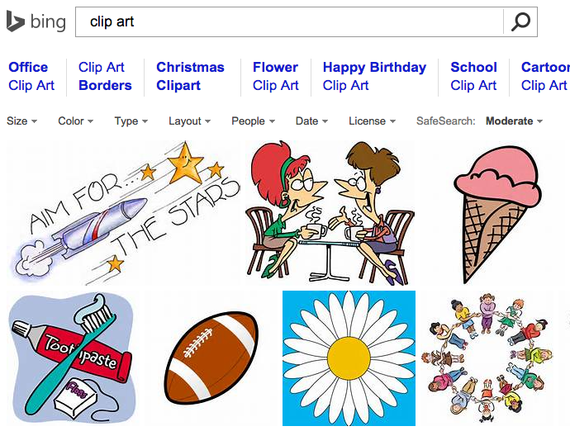
RIP, Clip Art. You will still live on the Internet. And you will always be with us in spirit.
Clik here to view.

This article was originally published at http://www.theatlantic.com/technology/archive/2014/12/a-eulogy-to-clipart-in-clipart/383322/
Image may be NSFW.Clik here to view.

Image may be NSFW.
Clik here to view.
Image may be NSFW.
Clik here to view.
Image may be NSFW.
Clik here to view.
Image may be NSFW.
Clik here to view.
Clik here to view.
Clik here to view.